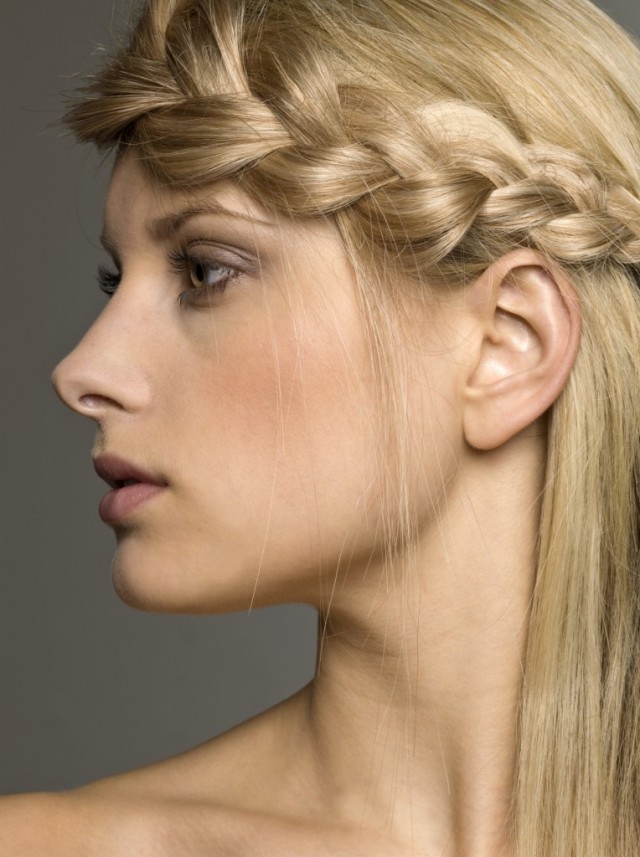Hairstyles Women Definition
source link (google.com.pk)
In the early 1870s, in a shift that historians attribute to the influence of the West, Japanese men began cutting their hair into styles known as jangiri or zangiri (which roughly means "random cropping"). During this period, Asian women were still wearing traditional hairstyles held up with combs, pins and sticks crafted from tortoise, metal, wood and other materials, but in the middle 1880s, upper-class Japanese women began pushing back their hair in the Western style (known as sokuhatsu), or adopting Westernized versions of traditional Japanese hairstyles (these were called yakaimaki, or literally, soirée chignon).
During the First World War, women around the world started to shift to shorter hairstyles that were easier to manage. In the 1920s women started for the first time to bob, shingle and crop their hair, often covering it with small head-hugging cloche hats. In Korea, the bob was called tanbal.Women began marcelling their hair, creating deep waves in it using heated scissor irons. Durable permanent waving became popular also in this period: it was an expensive, uncomfortable and time-consuming process, in which the hair was put in curlers and inserted into a steam or dry heat machine. During the 1930s women began to wear their hair slightly longer, in pageboys, bobs or waves and curls. During this period, Western men began to wear their hair in ways popularized by movie stars such as Douglas Fairbanks, Jr. and Rudolph Valentino. Men wore their hair short, and either parted on the side or in the middle, or combed straight back, and used pomade, creams and tonics to keep their hair in place. At the beginning of the Second World War and for some time afterwards, men's haircuts grew shorter, mimicking the military crewcut
During the 1920s and 1930s, Japanese women began wearing their hair in a style called mimi-kakushi (literally, "ear hiding"), in which hair was pulled back to cover the ears and tied into a bun at the nape of the neck. Waved or curled hair became increasingly popular for Japanese women throughout this period, and permanent waves, though controversial, were extremely popular. Bobbed hair also became more popular for Japanese women, mainly among actresses and moga, or "cut-hair girls," young Japanese women who followed Westernized fashions and lifestyles in the 1920s.
Hairstyles Women Form Long Hair Names Medium Length For Round Faces Short Layers Updos Over 50 2013
Hairstyles Women Form Long Hair Names Medium Length For Round Faces Short Layers Updos Over 50 2013
Hairstyles Women Form Long Hair Names Medium Length For Round Faces Short Layers Updos Over 50 2013
Hairstyles Women Form Long Hair Names Medium Length For Round Faces Short Layers Updos Over 50 2013
Hairstyles Women Form Long Hair Names Medium Length For Round Faces Short Layers Updos Over 50 2013
Hairstyles Women Form Long Hair Names Medium Length For Round Faces Short Layers Updos Over 50 2013
Hairstyles Women Form Long Hair Names Medium Length For Round Faces Short Layers Updos Over 50 2013
Hairstyles Women Form Long Hair Names Medium Length For Round Faces Short Layers Updos Over 50 2013
Hairstyles Women Form Long Hair Names Medium Length For Round Faces Short Layers Updos Over 50 2013
Hairstyles Women Form Long Hair Names Medium Length For Round Faces Short Layers Updos Over 50 2013
Hairstyles Women Form Long Hair Names Medium Length For Round Faces Short Layers Updos Over 50 2013





.jpg)




No comments:
Post a Comment